Double Concentrated Tomato Paste vs. Regular: Which Saves Money?
For home cooks and professional kitchens alike, tomato paste is a pantry essential, adding depth and rich umami flavor to sauces, stews, soups, and braises. But when faced with options like "double concentrated" paste alongside the familiar regular paste, a practical question arises: which one offers better value for your grocery budget?
Understanding the Concentration Difference
- Regular Tomato Paste: This is the standard product found widely in cans or tubes. It contains tomato solids typically concentrated to about 24-26%. The remaining content is primarily water.
- Double Concentrated Tomato Paste: As the name implies, this paste undergoes a further concentration process. Tomato solids typically sit around 28-32% (though definitions can vary slightly). Crucially, it contains significantly less water than its regular counterpart for the same weight of tomato solids. It often comes in tubes or smaller cans.
The Cost-Saving Analysis: It's About Dilution and Waste
Comparing price per ounce or gram alone can be misleading. The true cost-effectiveness comes down to how much usable "tomato paste flavor" you get per dollar spent, and how well you use it without spoilage.
-
Price Per Unit of Soluble Solids: This is the core of the value proposition.
- Double concentrate provides more tomato solids in a smaller, denser package. To match the intensity of a given amount of double concentrate, you would need roughly twice the amount of regular paste.
- Calculation Example: Imagine:
- Regular Paste: A 6 oz (170g) can costs $1.00. This contains ~1.44 oz (41g) of tomato solids (assuming 24%).
- Double Concentrate: A 4.5 oz (127g) tube costs $1.50. This contains ~1.35 oz (38.4g) of tomato solids (assuming 30%).
- Cost per oz of solids:
- Regular: 0.69 per oz solids**
- Double: 1.11 per oz solids**
- In this specific example, the regular paste offers a lower cost per unit of tomato solids. However, this outcome depends heavily on the actual prices and concentrations of the products available to you. Double concentrate often (but not always) commands a higher price per unit weight, but its higher solids content can sometimes offset this premium.
-
The Dilution Factor & Practical Cost:
- When a recipe calls for "1 tablespoon of tomato paste," it means the standard intensity of regular paste.
- Using double concentrate? You only need half as much by volume (e.g., 1/2 tablespoon) to achieve the same flavor impact. Dilute it with an equal volume of water to match the consistency of regular paste if needed (though often just using less works fine).
- Real-World Impact: If the double concentrate tube costs only marginally more per unit weight than the regular paste, but you only use half the amount per recipe, your cost per recipe could be lower with the double concentrate. Always compare the cost of the diluted equivalent.
-
The Waste Factor: Packaging & Shelf Life:
- Packaging: Double concentrate frequently comes in resealable tubes. Regular paste is often sold in cans.
- Advantage Tubes: Tubes significantly reduce waste. You squeeze out the exact amount needed, seal it, and store the rest in the fridge for weeks or even months. Cans, once opened, require transferring leftovers to another container, and the paste tends to discolor and spoil faster.
- Cost of Waste: If you consistently throw away unused paste from opened cans, the effective cost of your regular paste increases dramatically. Even throwing away 1-2 tablespoons per can adds up. Double concentrate tubes minimize this loss.
The Verdict: Which Truly Saves Money?
- Potentially, Double Concentrate: If the price per unit weight is only slightly higher than regular paste, and you primarily use small amounts at a time, double concentrate often wins on overall cost-effectiveness due to drastically reduced waste. The resealable tube is a major financial advantage.
- Potentially, Regular Paste: If the double concentrate carries a substantial price premium per unit weight and you regularly use large quantities of paste at once (using a whole can), regular paste might be cheaper if you reliably use it all before it spoils. However, this scenario is less common for most home cooks.
Recommendations for Maximum Savings:
- Check Unit Pricing & Solids Percentage: Compare the price per ounce/gram and look for the tomato solids percentage on the label if listed. Calculate the rough cost per unit of solids to compare fairly.
- Prioritize Resealable Tubes (Usually Double): Regardless of concentration, the tube format minimizes waste. Double concentrate is most commonly found this way. The savings from eliminating spoilage usually outweigh minor price differences.
- Buy Regular Paste in Cans Only if: You are confident you will use the entire can within a few days and it is significantly cheaper per unit of solids after accounting for potential waste. Store leftovers airtight in the fridge and use promptly.
- Master Dilution: Remember the 2:1 ratio. Use half the amount of double concentrate for the same flavor punch as regular paste. Adjust liquids slightly if needed for consistency.
While the base price per ounce might seem lower for regular tomato paste, the combination of higher concentration and vastly superior packaging (resealable tubes) typically makes double concentrated tomato paste the more economical choice for most consumers. The ability to use less product per recipe and eliminate spoilage waste translates into tangible savings over time. For peak cost efficiency, always opt for the tube format when possible and adjust your measurements accordingly. Check your local prices, but let minimizing waste be your primary guide.
For exclusive discounts and the latest offers, please enter your address and information below.

 EN
EN  English
English Français
Français 中文简体
中文简体

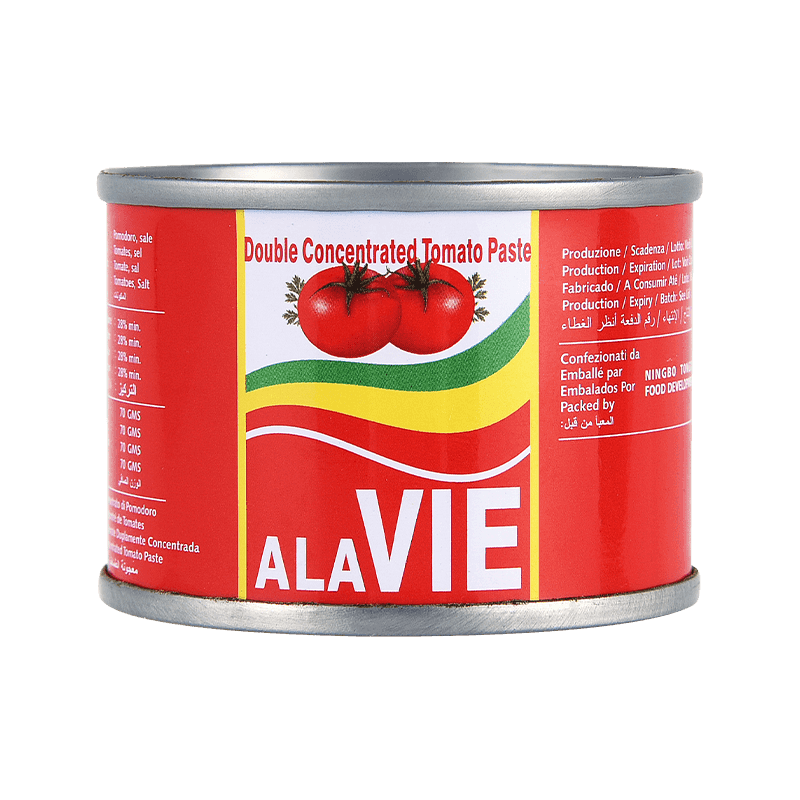
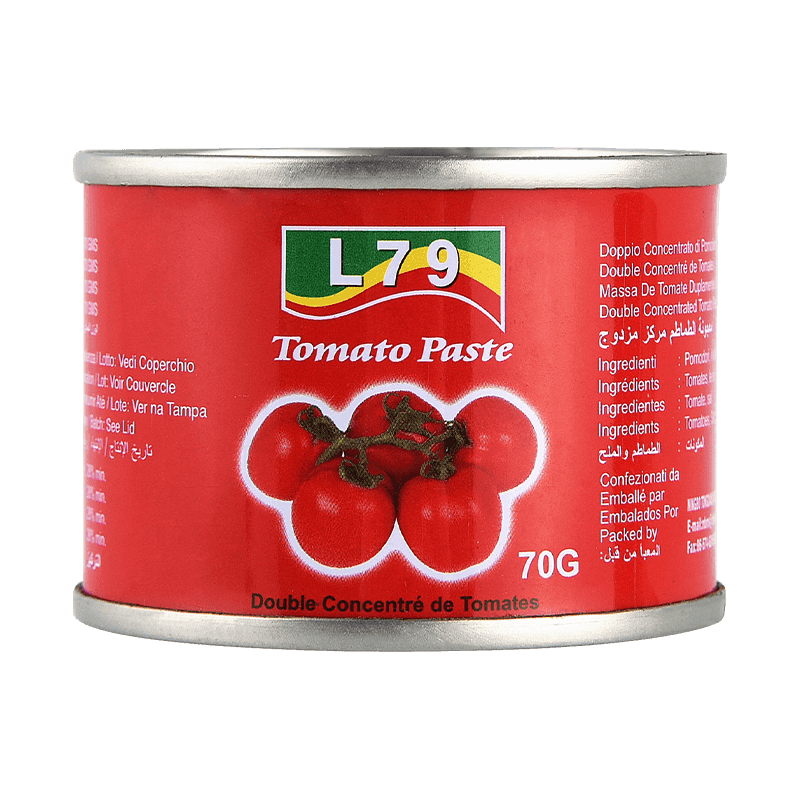
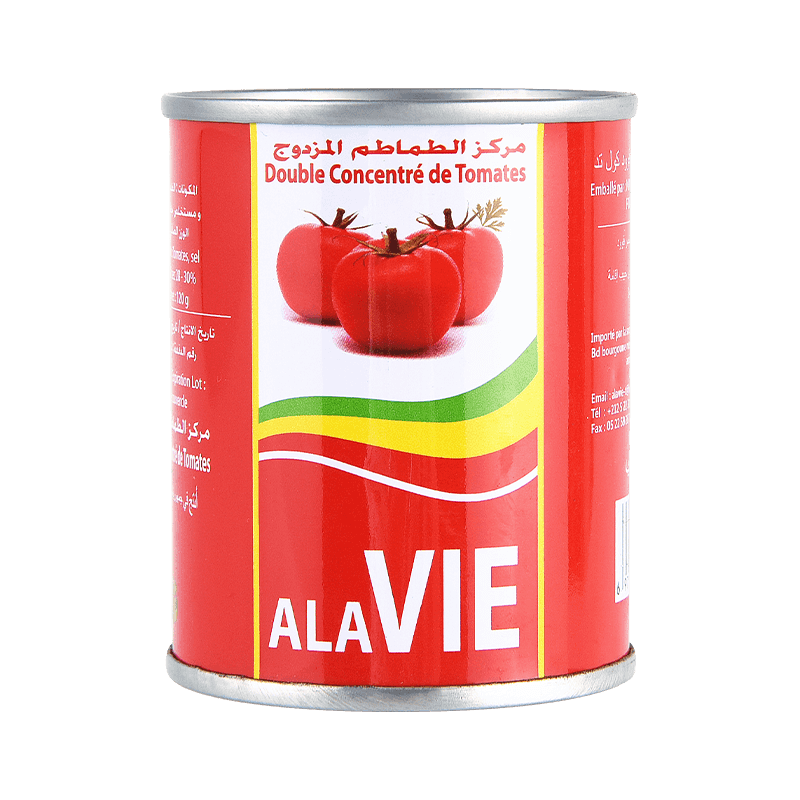
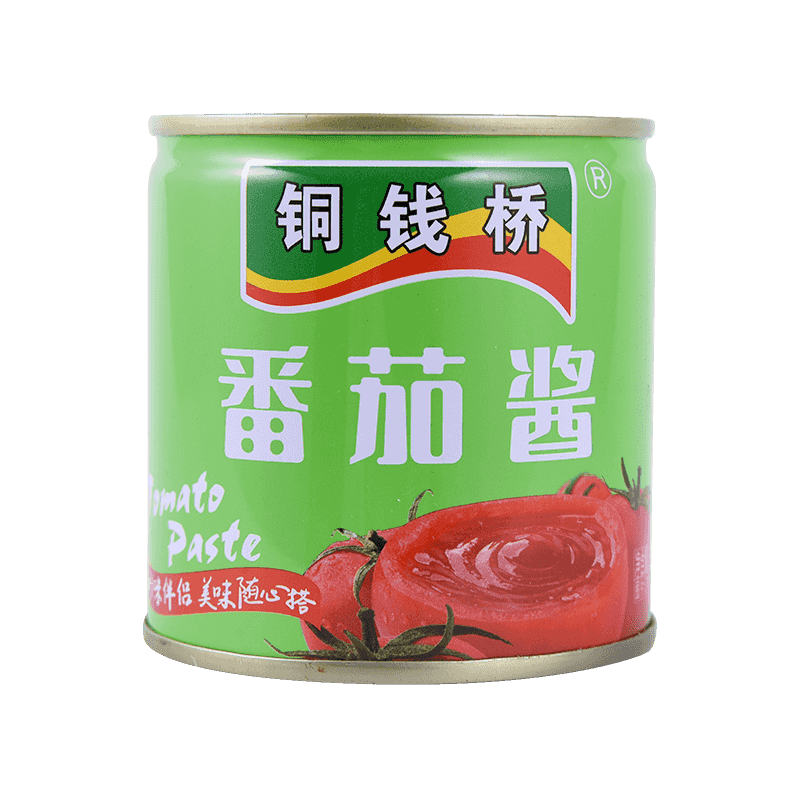
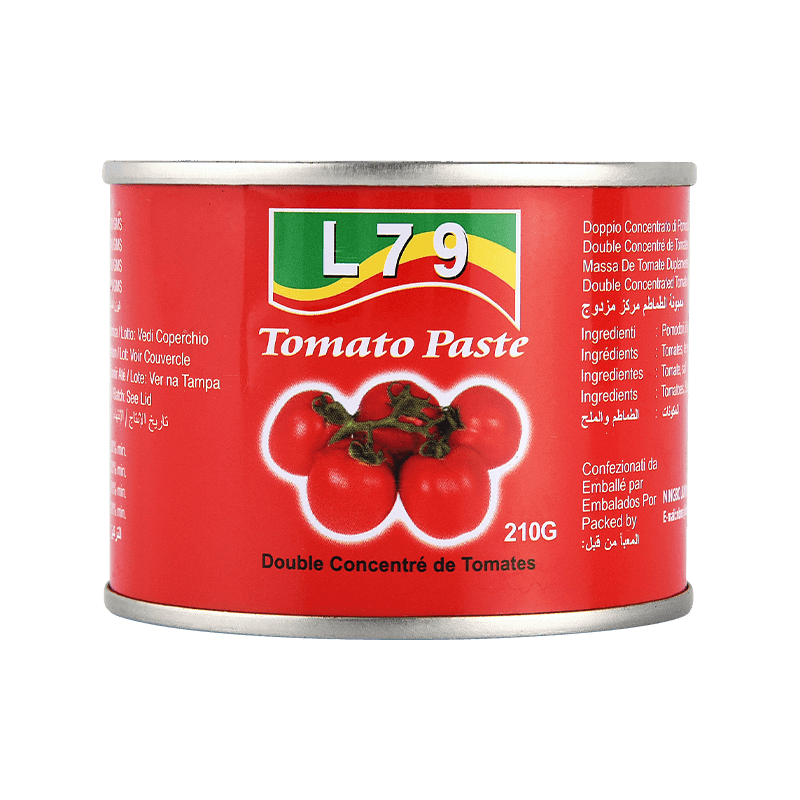
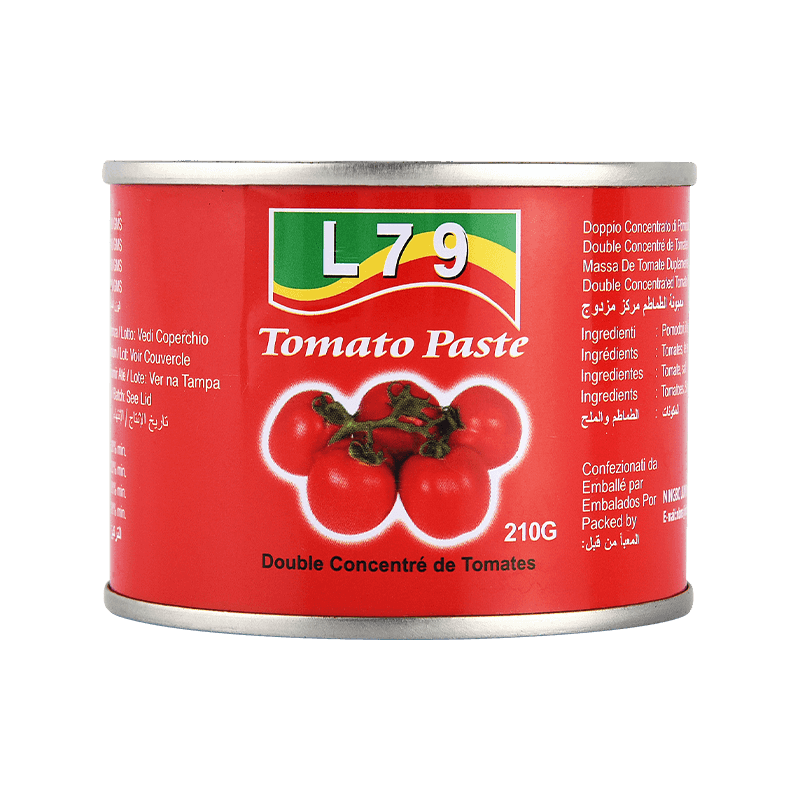
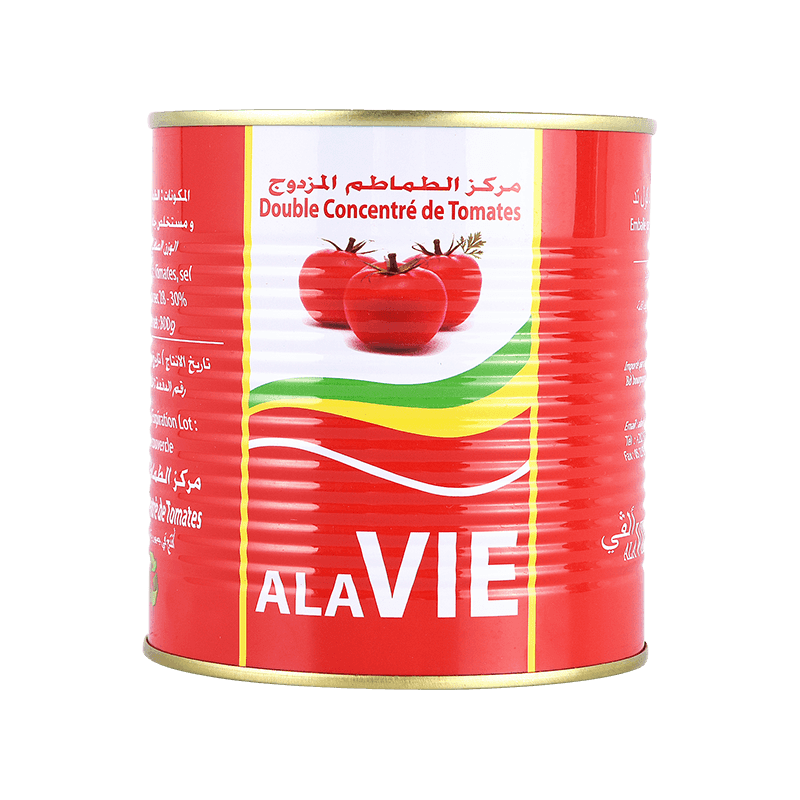
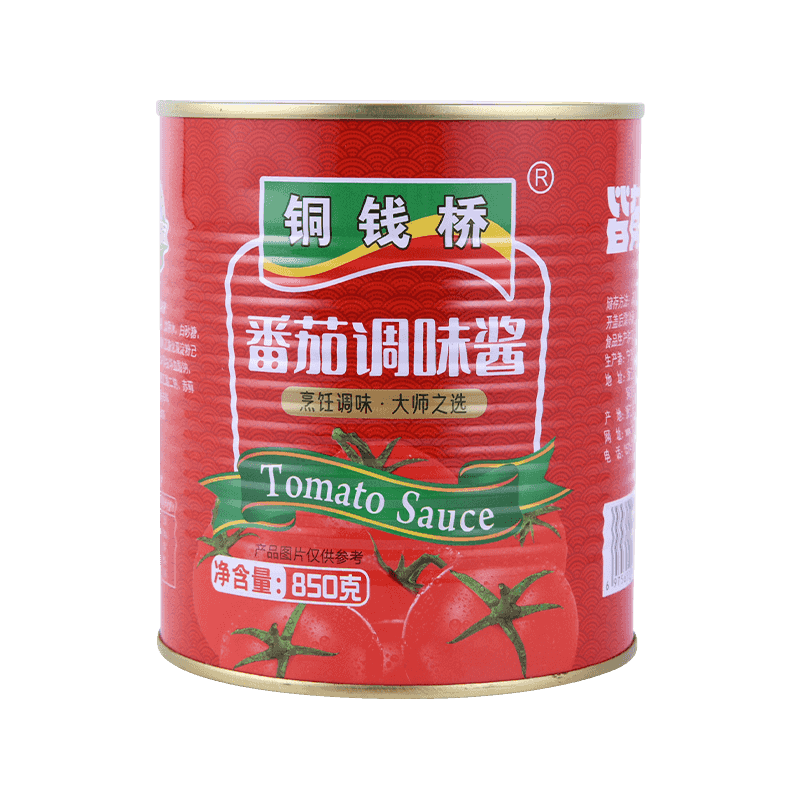
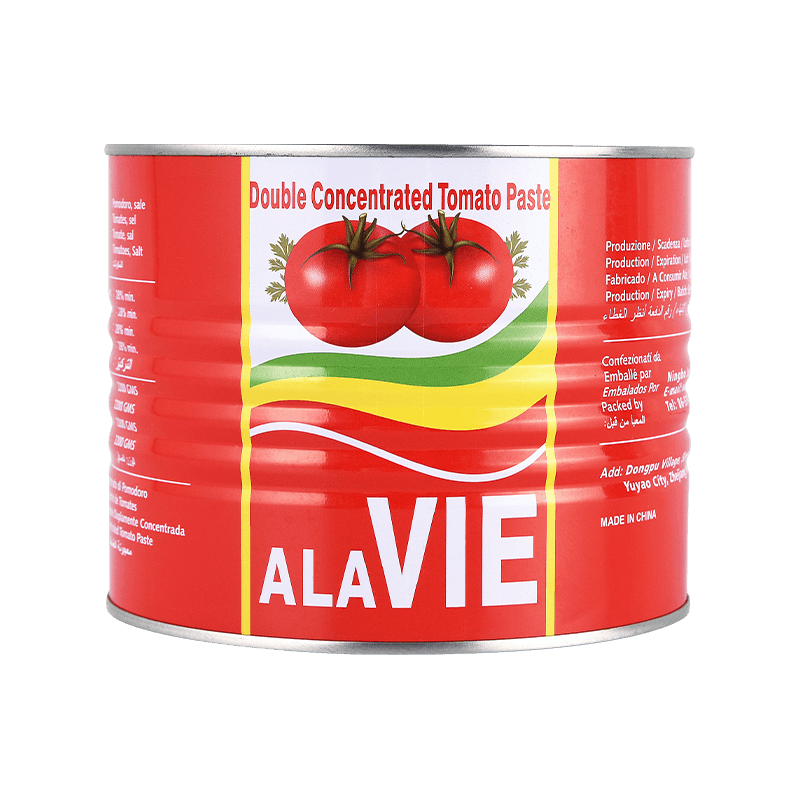

 No.1 Tongqianqiao Road, Dongpu Village, Simen Town, Yuyao, Zhejiang Province
No.1 Tongqianqiao Road, Dongpu Village, Simen Town, Yuyao, Zhejiang Province  nbms@nbtomato.com
nbms@nbtomato.com 
